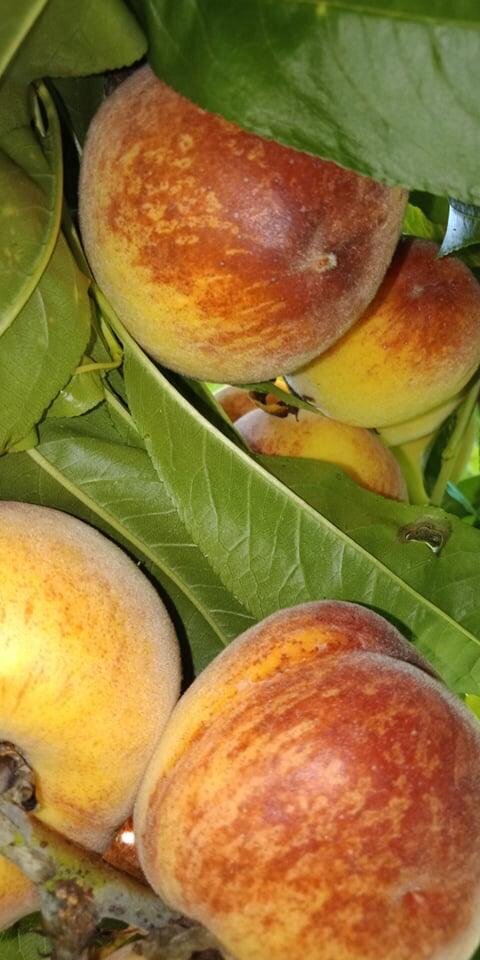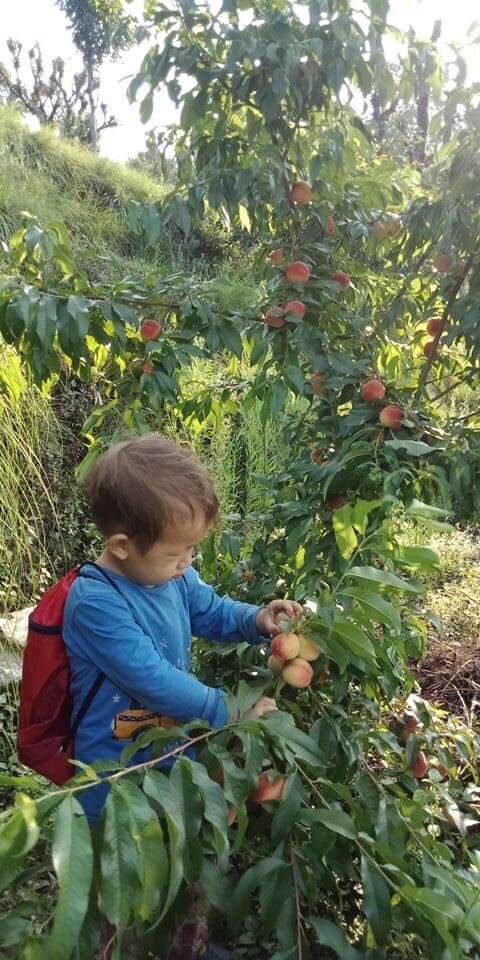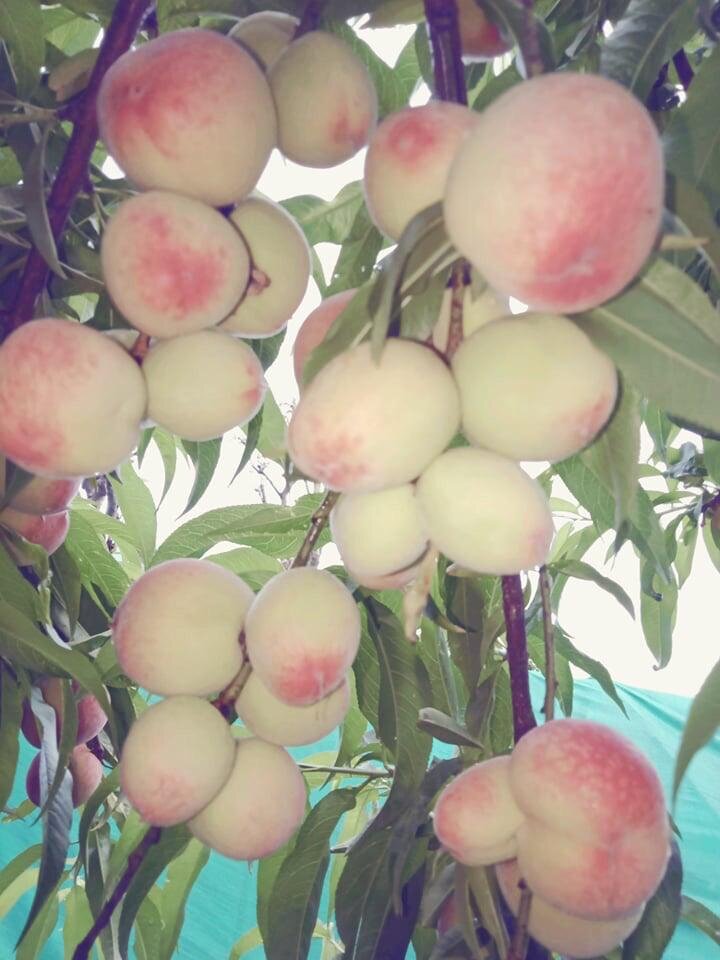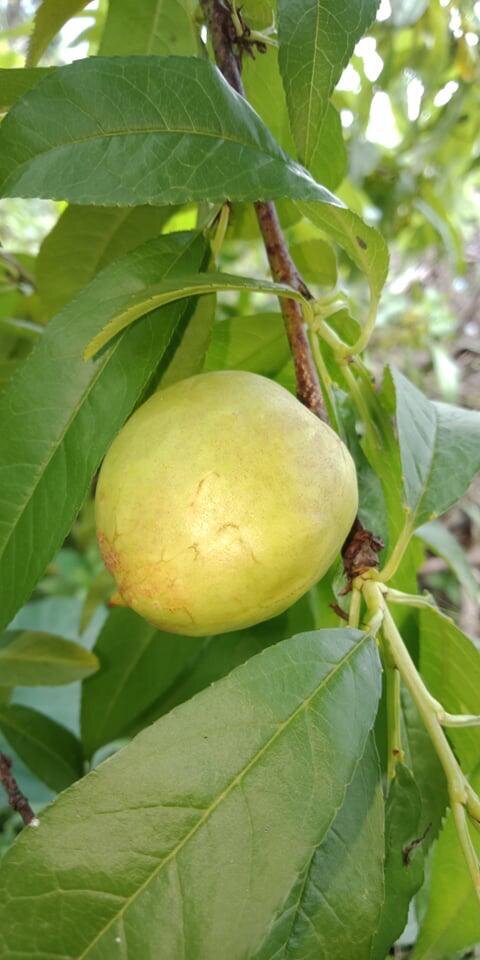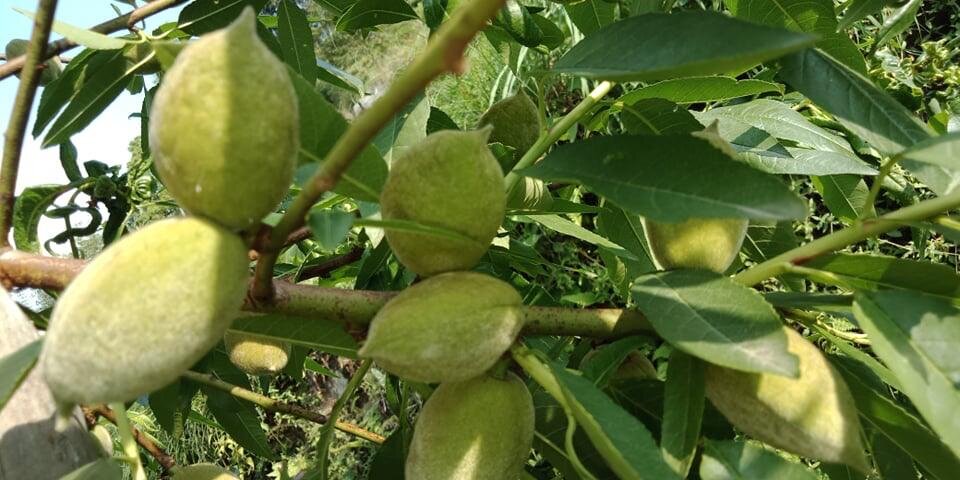We have received some brilliant photo’s from the EcoHimal Nepal team up in Deusa, Solukhumbu. They show how farmers are being trained to plant fruit trees using the ‘biointensive’ method.
This approach is labour intensive, it involves digging a one metre deep and wide hole, which often means digging out large stones and the collection of various forms of wet and dry vegetation as well as ash.
Once the hole is dug, it is carefully filled back in. The original soil is layered with the vegetation, with planters making sure the top soil goes back at the top!
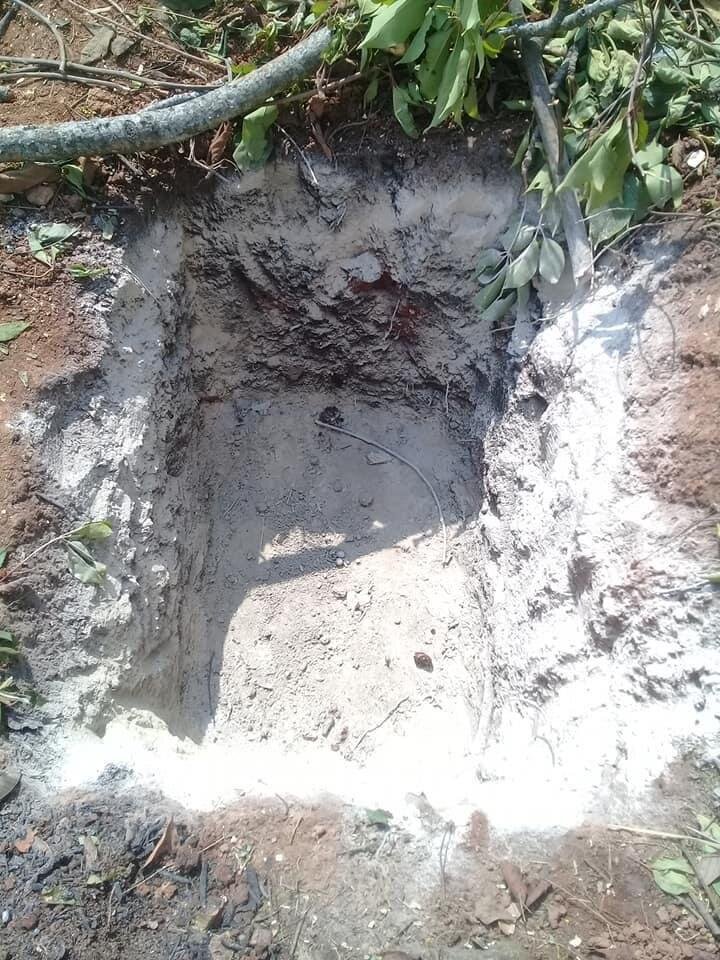

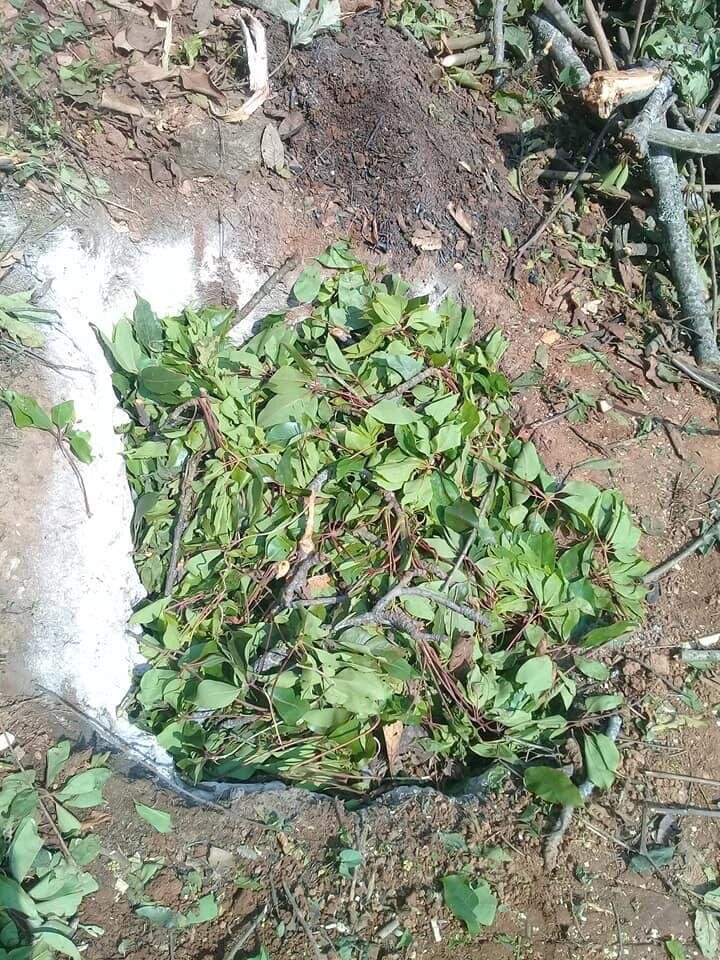
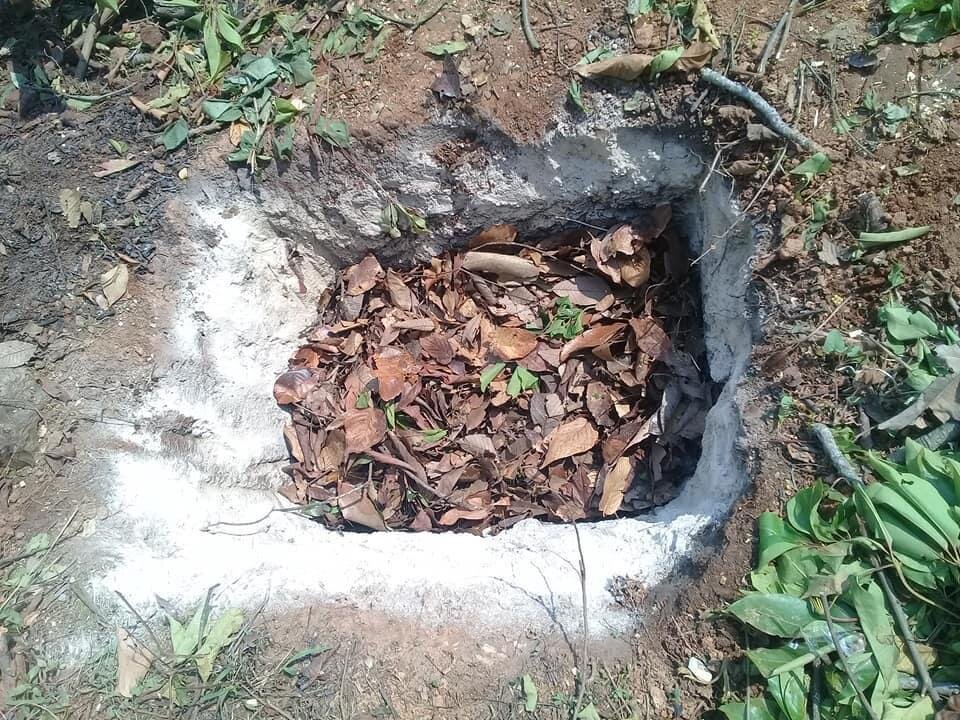
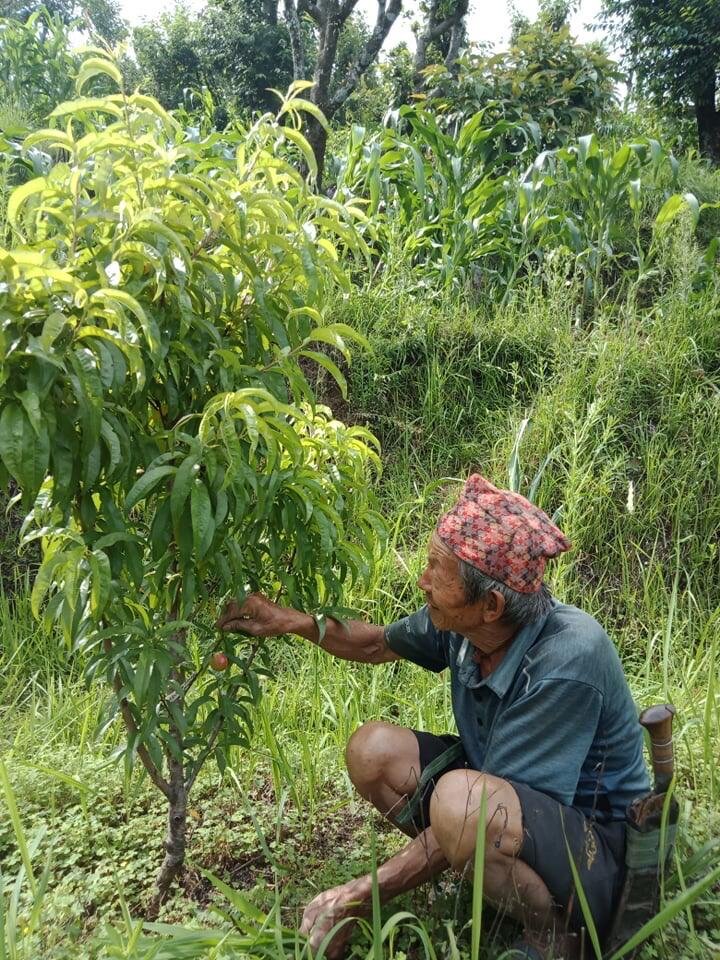
Tree planting is an important part of the Agroforestry approach to climate change adaptation that is being adopted in rural mountain villages that our projects support. Farmers are trained in how to plant trees, how to nurture them through their early growth and how to look after them when they are fully mature. All this is done following strict principles of organic farming; making the adaptation mindful of its knock-on effects.
In Deusa, EcoHimal Nepal and the Agro Forestry Resource Centre are promoting a diverse range of trees and species. The resulting ‘agro-biodiversity’ is crucial to the climate resilience of each farm as a whole.
The support and training that enables climate change adaptation in Nepal doesn’t end with the fruiting of trees. EcoHimal also support farmers to get their crops to market through the establishment of cooperatives and routes to market.
To learn more about the biointensive method, watch this YouTube video of an EcoHimal training session in Mandan Deupur, Kavre - be warned though it is an unedited video of people filling in a hole - but there is a specific technique to this!


